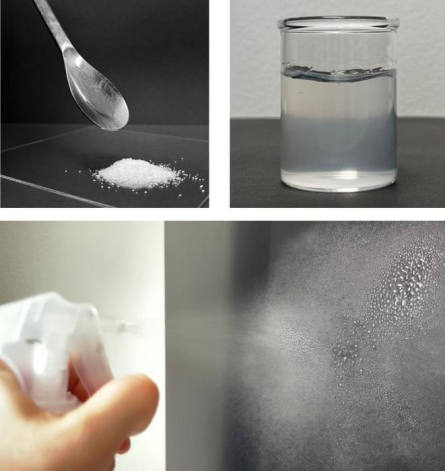© Copyright 2020 Foshan Membrane Technology Co., Ltd. All rights reserved. Sitemap
Researchers from SANKEN (The Institute of Scientific and Industrial Research), at Osaka University report a dehydration method for cellulose nanofibers that produces a dense powder while maintaining the unique properties of the thickening agent
Osaka, Japan – Many commercial products such as food, cosmetics, and inks contain cellulose nanofiber (CNF) as a thickening agent. However, CNFs have some limitations that prevent their more widespread use. Now, researchers from Osaka University have demonstrated a method of dehydrating CNFs to a dense powder without affecting their three key properties. Their findings are published in Macromolecular Rapid Communications.
Video for your easy understanding
https://youtu.be/PAEd36v_SjI
CNFs are a popular thickening agent because small amounts in water have high transparency, high viscosity, and the viscosity can be controlled. However, the amount of CNF needed in water is very small, so the most efficient way of transporting CNFs is as a dry powder.
Sounds good, but how do we get CNFs into powder form? The water containing the CNFs can be boiled away, but the remaining fibers stick together and redispersing these clumps leads to liquids that are cloudy, unless a lot of energy is used to break up the clumps. If water is removed by freeze drying, the resulting CNF powder is quite fluffy and takes up a lot of space. It is also affected by static electricity, making it difficult to handle.

IMAGE: EVAPORATED CNF POWDERS HAVE A SMALL VOLUME AND NO HANDLING ISSUES RELATED TO STATIC ELECTRICITY (UPPER LEFT). THEIR WATER DISPERSIONS ARE COLORLESS AND TRANSPARENT (UPPER RIGHT) AND DISPERSION DROPLETS FORMED BY SPRAYING DO NOT DRIP (LOWER).
These are significant drawbacks in industries where efficiency affects profitability. Therefore, the research team from Osaka University devised an improved water-removal method, the first step of which is to form an ‘organogel’, a type of gel consisting partly of organic molecules.
“Our process involves taking a CNF paste in water and dehydrating it by stirring in ethanol,” explains corresponding author Masaya Nogi. “The ethanol is then removed at 30°C, which is a low and cost-effective temperature. After some processing, it can then be redispersed in water simply by stirring.”
The redispersed product was shown to retain the three key properties of CNF thickening agents. Its tunable viscosity was demonstrated by spraying it from a pump spray bottle. It was successfully sprayed from the nozzle, which requires a low viscosity, and the ejected droplets did not run from where they landed on an upright surface, which requires high viscosity behavior. Furthermore, the spray doesn’t generate dripping, which can be a problem with other sprays.
“The large scale of many industrial processes means that all process improvements can have a big impact on the bottom line,” says senior author Masaya Nogi. “Our method of powder creation retains all key properties of CNFs while also enabling effective handling and cheaper transport and storage.”
The ease of use of the organogel-derived CNF powders is expected to make them an attractive prospect for application in many areas, including in the food, cosmetics, and sanitation industries.
Article Source:https://www.eurekalert.org/news-releases/993779